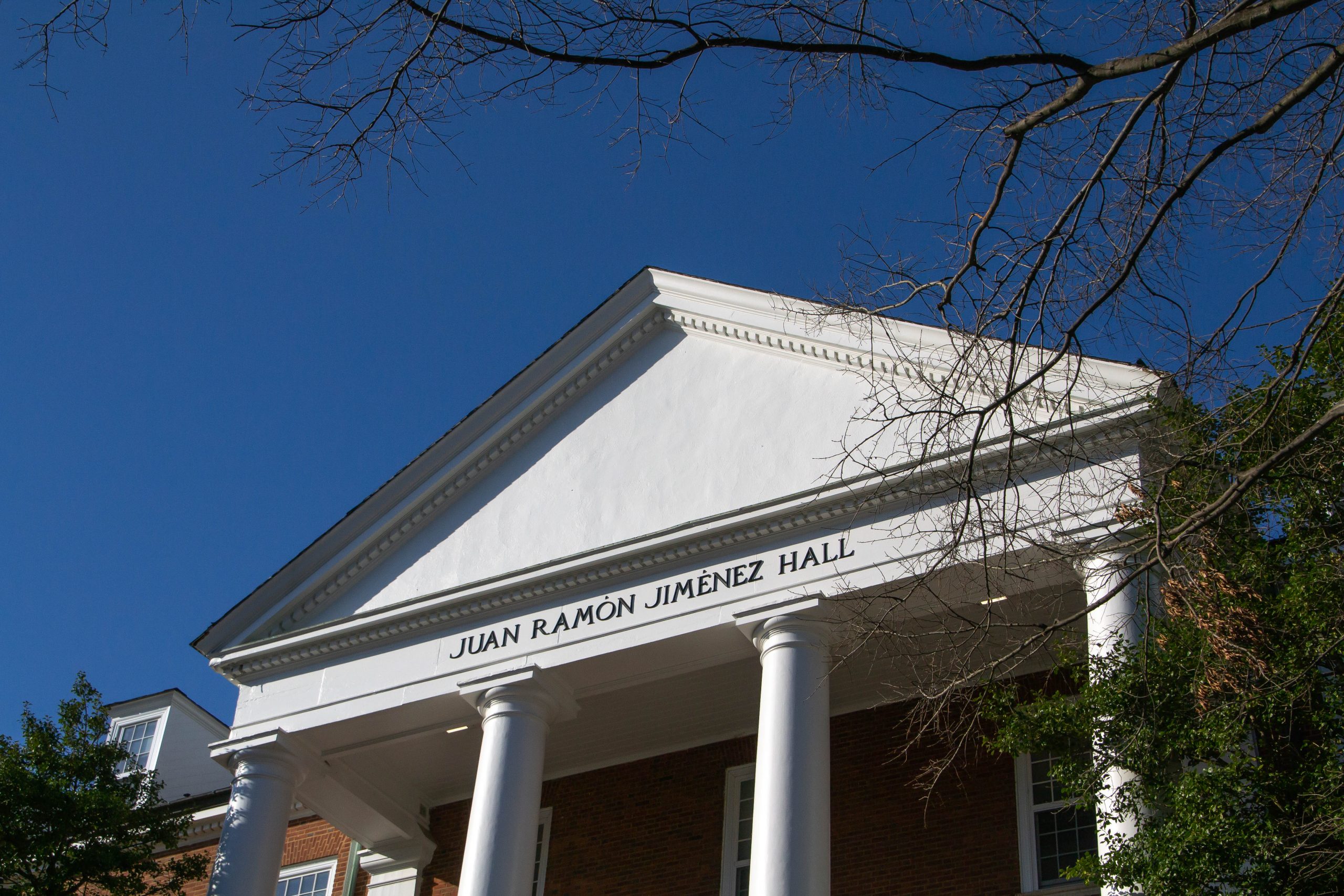
Expand UMD's South Asia History Courses for Cultural Enrichment
The University of Maryland (UMD) has long been a beacon of academic diversity and student engagement. Over the years, it has evolved to include a broad array of courses that explore numerous cultural histories and societal impacts. A particular area of interest that holds immense potential for growth is the history and culture of South Asia. By expanding the South Asia history courses, UMD can foster a more inclusive, globally-minded student body.
The Global Significance of South Asia
South Asia, comprising countries such as India, Pakistan, Bangladesh, Sri Lanka, Nepal, and Bhutan, is home to more than a billion individuals. This region is a cornerstone of global culture, politics, and economy, shaping world events through its rich past and vibrant present. Learning about this area provides insightful perspectives into world history and contemporary global interactions. Enhanced understanding of South Asia's history can help students appreciate the complexities of international relations and economic globalization.
Moreover, the rise of South Asian communities globally underscores the need for educational institutions to adapt curriculums that reflect this reality. Engaging with these histories will prepare students to be global citizens equipped to handle the challenges and opportunities that come with a diversified world.
Current Offerings and Limitations
Presently, UMD offers courses on South Asian culture and history, but they are limited both in number and in the scope of topics covered. This restricts students' abilities to explore the multifaceted narratives that this region holds. Topics such as the Indus Valley Civilization, the Mughal Empire, colonialism, and post-colonial development are vast in their content and influence. The current curriculum doesn’t sufficiently capture the depth and breadth of the South Asian experience.
Courses often focus purely on historical events without delving into cultural, philosophical, and societal implications. Without a robust offering, students miss out on opportunities to understand the contemporary socio-cultural dynamics of South Asian countries, which are crucial for multiple disciplines including international relations, sociology, and anthropology.
Benefits of Course Expansion
1. Cultural Literacy and Sensitivity
Adding expansive courses on South Asian history would foster greater cultural literacy and sensitivity among students. Cultural literacy is critical in today’s interconnected world where interaction with diverse cultures is inevitable. These courses would ensure students understand cultural nuances beyond superficial levels, promoting empathy and global awareness.
2. Interdisciplinary Approach
Expanding these courses would provide a robust framework for an interdisciplinary approach to education. intersections with topics like literature, art, philosophy, and politics would enrich students' learning experiences. Such integration promotes critical thinking and allows students to draw connections between seemingly disparate fields of study, preparing them for complex problem-solving in their careers.
3. Enrichment of Campus Diversity
Offering more South Asian history and culture classes could attract a more diverse student body interested in pursuing specialized knowledge in this area. UMD’s commitment to diversity could be further strengthened by broadening students’ educational horizons, making the university an attractive destination for students of South Asian descent or those interested in the region.
Implementation Strategies
1. Collaborating with Experts
UMD can collaborate with experts and scholars specializing in South Asian studies to develop a more comprehensive curriculum. This collaboration could involve partnerships with institutions globally renowned for their South Asian studies programs, ensuring UMD stays at the forefront of academic excellence in this domain.
2. Student Engagement
Creating opportunities for student input in designing course content could lead to more relevant and engaging classes. Workshops, forums, and surveys can serve as platforms for students to express interest in specific topics that they would like to see covered in these courses.
3. Utilizing Technology
Leveraging technology to deliver content through online modules or augmented reality experiences can enhance student engagement and diversify teaching methods. Such tools allow for a more interactive experience, helping students to better relate to and understand the cultural narratives of South Asia.
Overcoming Potential Challenges
Expanding South Asian history courses is not without challenges. Resource allocation, faculty recruitment, and curriculum development require careful planning and commitment from the university administration. However, with strategic planning and clear goals, these challenges can be effectively managed.
The university may need to seek funding or grants dedicated to diversifying curricula, ensuring that financial constraints do not impede the growth of this important field of study. Additionally, tapping into UMD’s strong alumni network to garner support and donations can provide the financial backing needed for such an expansion.
Conclusion
UMD stands at a crossroads where expanding its South Asian history courses can lead to transformative educational experiences for its students. By embracing the rich tapestry of South Asia’s history, the university can promote a richer understanding of global cultures, enhance its academic reputation, and contribute meaningfully to global discourse. It is not only a move towards greater diversity and inclusivity but also a necessary step in preparing students for a future where cultural competence is as critical as academic proficiency.


